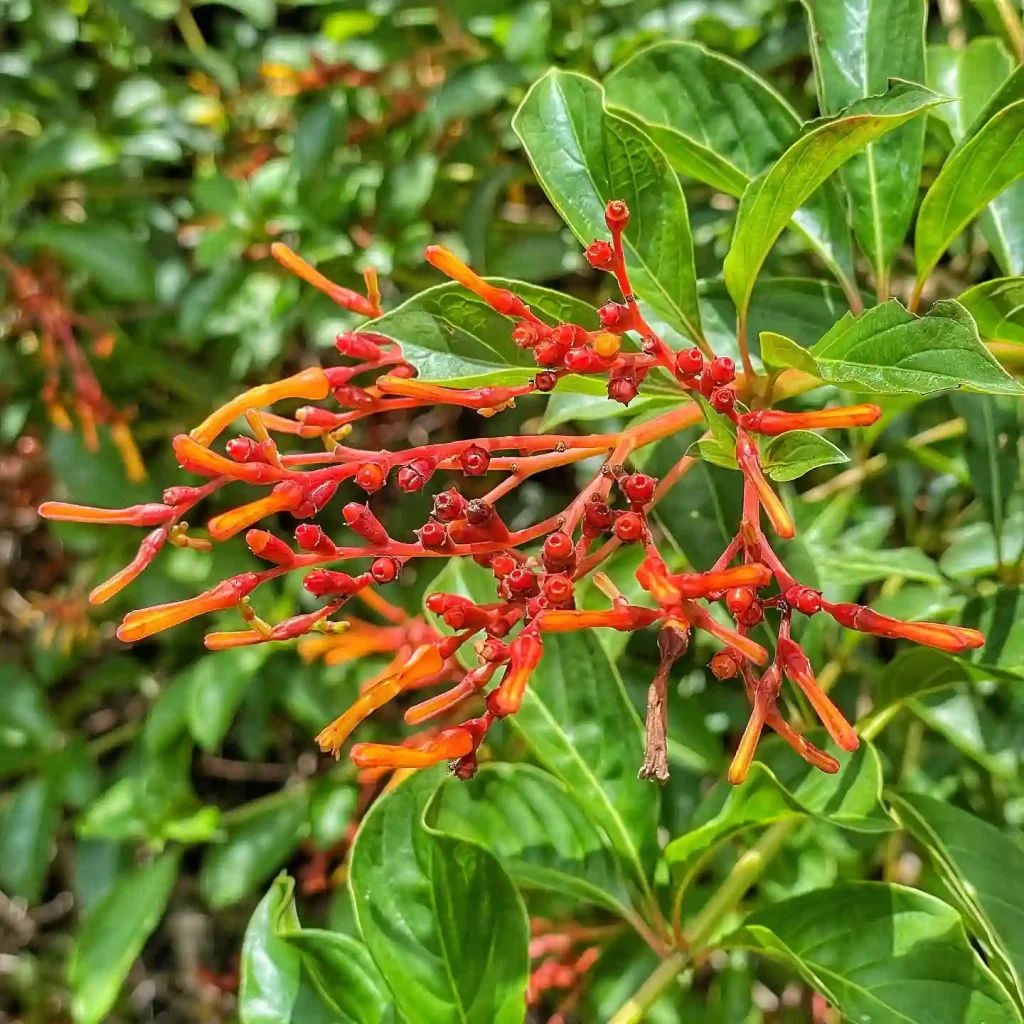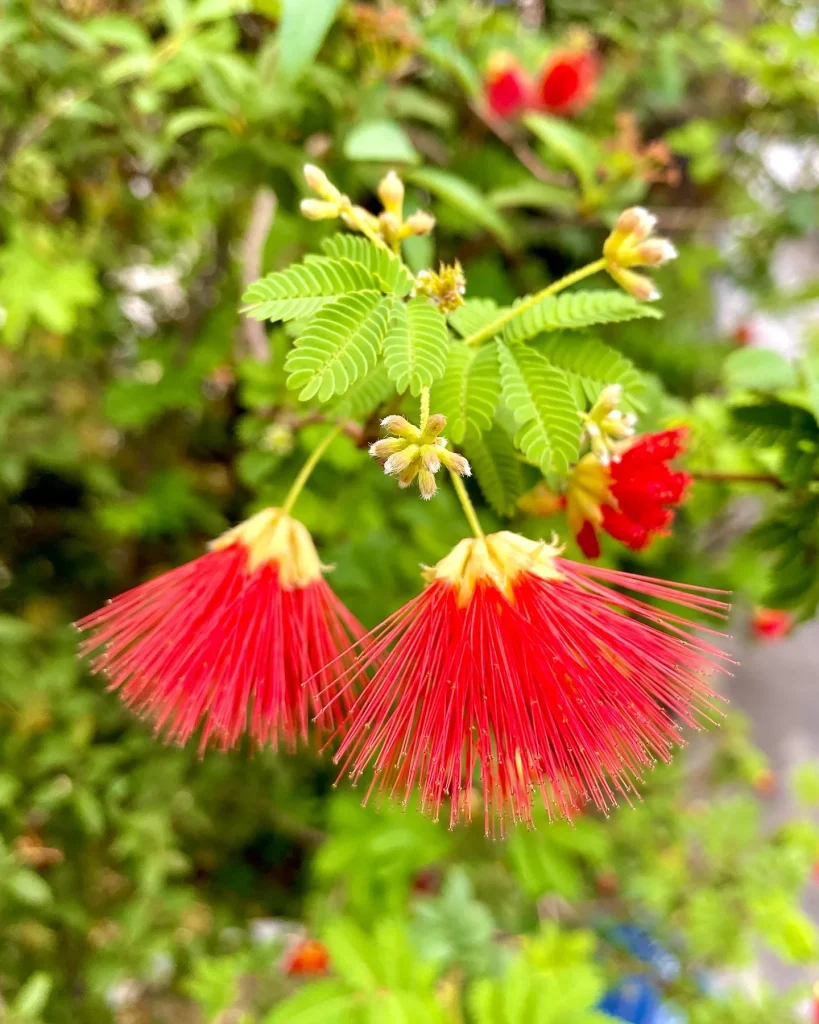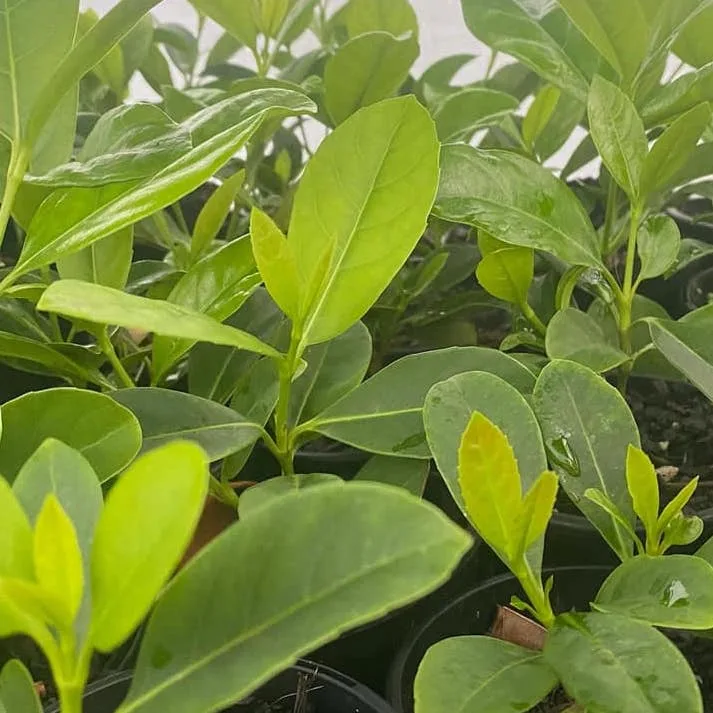Exploring the Pittosporaceae Family: A Personal Journey
The Pittosporaceae family has always been fascinating to me. It’s a small but incredibly diverse family of flowering plants with genera that are unique in their own right. From the bright fruit of Auranticarpa to the evergreen appeal of Pittosporum, this plant family has captured my attention over the years. I’ve spent a lot of time learning about the different genera, understanding their characteristics, and appreciating their roles in the environment and landscape.
Auranticarpa: A Burst of Color
One of the first genera in the Pittosporaceae family that drew me in was Auranticarpa. These plants are known for their bright, orange fruit clusters that stand out in gardens and natural landscapes. I find that Auranticarpa species, particularly Auranticarpa rhombifolia, are great for adding color to a garden. Their vibrant fruit doesn’t just look beautiful; it also attracts birds, making them ideal for anyone looking to bring more wildlife into their garden. The evergreen foliage ensures that they are attractive year-round, and they can even handle dry conditions, which makes them perfect for drought-tolerant landscapes.
Bentleya: A Unique Discovery
Not as widely known as some other genera, Bentleya is a genus I’ve come across in botanical studies. The species in this genus are highly specialized, often found in very specific environments. While they might not be as showy as some of the other plants in the Pittosporaceae family, their rarity and adaptability make them stand out to me. They are an interesting genus to explore, especially if you enjoy learning about plants that have evolved to survive in unique conditions.
Billardiera: Climbing Beauty
I’ve always loved climbers in the garden, and Billardiera is one of the best in the Pittosporaceae family. Known for its twining habit, Billardiera species produce delicate, bell-shaped flowers that add a soft, romantic feel to any garden. I’ve grown Billardiera scandens—also known as the apple berry—in my own garden, and I love how it weaves its way through trellises and supports, creating a natural, flowing look. The berries that follow the flowers are an added bonus, providing an interesting edible element that can be enjoyed by both humans and wildlife.
Bursaria: Spiky but Lovely
Bursaria is a genus that I often recommend for native gardens or for those looking to add a little structure to their plantings. With their spiky branches and white flowers, Bursaria species, like Bursaria spinosa, create a striking contrast in the landscape. While their spiky nature can be a bit intimidating, I’ve found that they make excellent hedging plants. The dense growth and sharp branches deter pests, while the flowers attract beneficial pollinators like bees and butterflies. Their adaptability to different soil types and conditions is another reason why I appreciate this genus.
Cheiranthera: Unusual Yet Beautiful
One of the more unusual genera in the Pittosporaceae family is Cheiranthera. These plants feature bright blue or purple flowers with striking yellow anthers, which makes them a real standout in the garden. I’ve always enjoyed incorporating Cheiranthera linearis into garden beds, where their vibrant flowers can add a pop of color during the warmer months. Despite their delicate appearance, they are surprisingly hardy, which is something I always appreciate in a plant.
Hymenosporum: Fragrant Blooms
If you love fragrance in the garden as much as I do, then Hymenosporum is a genus worth exploring. Hymenosporum flavum, also known as the native frangipani, is a small tree that produces incredibly fragrant yellow and white flowers. The scent is something I look forward to every spring, and it’s strong enough to fill an entire garden with a sweet, tropical aroma. I’ve planted these near windows and outdoor seating areas so that I can enjoy the fragrance both inside and outside the house.
Marianthus: Delicate Yet Hardy
The genus Marianthus is known for its delicate, star-shaped flowers and its ability to thrive in harsh conditions. I particularly like Marianthus bicolor, which features stunning blue and white flowers. Despite its fragile appearance, Marianthus is quite resilient, handling dry soils and poor conditions with ease. This makes it a great option for xeriscaping or low-maintenance gardens, where beauty and resilience are both required.
Pittosporum: A Garden Staple
256 Species in Genus Pittosporum
No discussion of the Pittosporaceae family would be complete without mentioning Pittosporum. This is one of the most widely grown genera in the family, and for good reason. Pittosporum tobira and Pittosporum tenuifolium are two species that I’ve used extensively in my garden designs. They’re incredibly versatile, working well as hedges, specimen plants, or even container plants. The glossy green leaves and compact growth habit make them easy to maintain, while their subtle, fragrant flowers add an extra layer of interest.
Rhytidosporum: A Lesser-Known Gem
Finally, Rhytidosporum is a genus that, while not as well-known, has a quiet beauty to it. The species in this genus are generally low-growing shrubs, and I find them useful as ground covers or in rockeries. Rhytidosporum procumbens is one species I’ve seen used effectively in native plantings, where its small white flowers add a delicate touch without overpowering the surrounding landscape.
Conclusion: The Pittosporaceae Family’s Versatility
What I love most about the Pittosporaceae family is its diversity. Whether you’re looking for a bright, fruiting shrub, a fragrant tree, or a hardy ground cover, there’s a genus within this family that can fit your needs. Each genus offers something unique, whether it’s the showy fruit of Auranticarpa or the fragrant blooms of Hymenosporum. The Pittosporaceae family has a place in every garden, and I’ve enjoyed discovering and working with these plants throughout my gardening journey.
If i die, water my plants!



